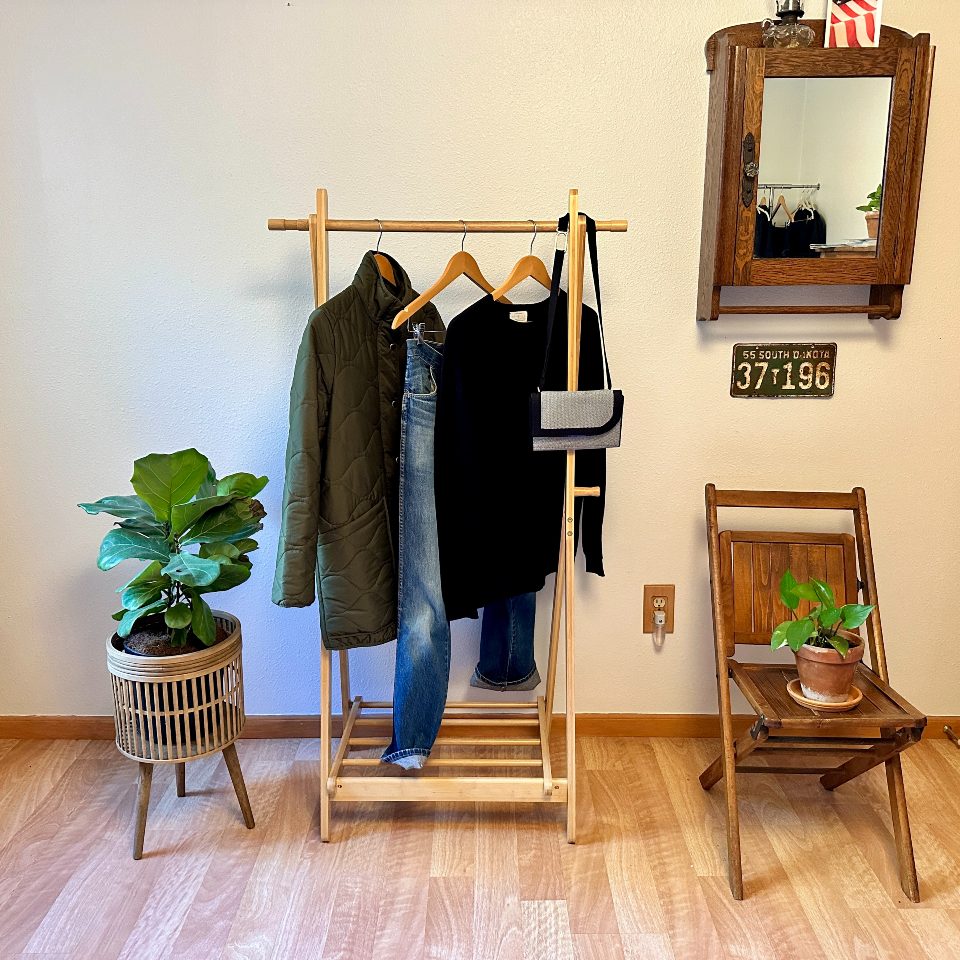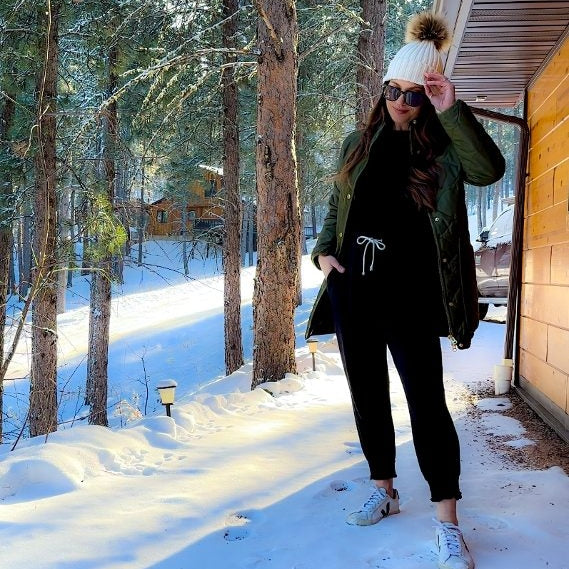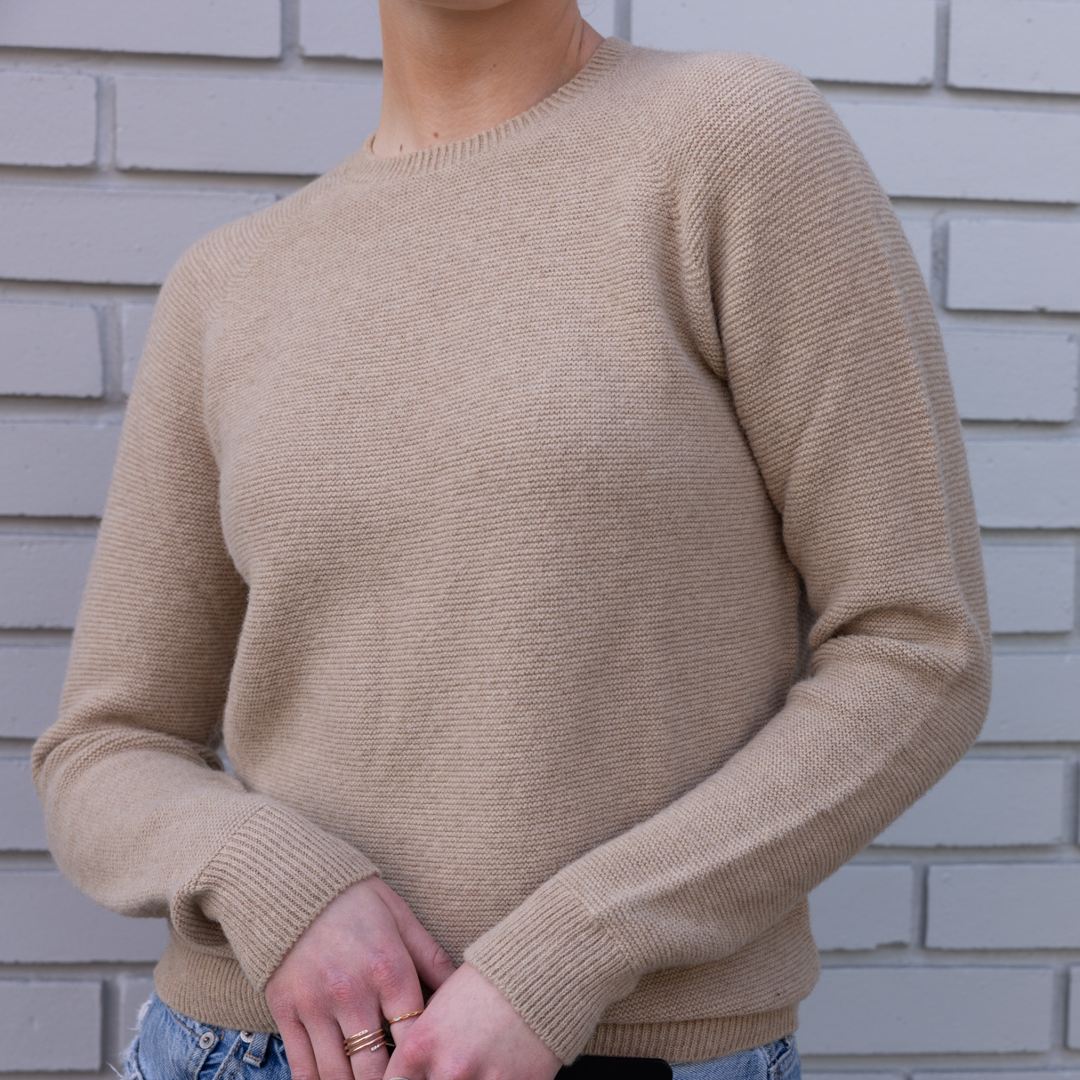Future Of Fashion In A Post-Covid World
What are we going to want to wear after returning to some level of normalcy?
March 2, 2021
By
Tara Lookabaugh
Has Covid Changed How We Dress For Work?
The end of the COVID-19 pandemic is finally in sight. Vaccine distribution is underway, and experts are estimating some return to normalcy by summer.
This light at the end of the tunnel is making everyone wonder what kind of world we’ll emerge into. How will this pandemic have impacted the economy, travel, socialization, music, and art?
Some are anticipating another Roaring 20s, like the period of glamor and excess after the 1918 pandemic and WWI.
But after 18 months of sweatpants and slippers, could we really jump right into flapper dresses and fedoras?
The dilemma of wanting to reunite with the club clothes buried deep in our closet, and wanting to ride the comfort-first wave as long as possible has us wondering...
Pre-Covid Fashion Trends
Fashion trends from the before-times (pre-COVID-19) might be the answer. The truth is, the pandemic only accelerated a move the fashion industry was already embracing: less is more.
Malls across America were shutting their doors long before coronavirus lockdowns. The Netflix show that turned Marie Kondo’s name into a verb aired back in 2017.
Direct-to-Consumer (D2C) brands like Warby Parker offered simple, timeless products to overwhelmed, busy, and decision-fatigued shoppers starting in 2010.
A new era of retail was on the horizon with or without COVID-19, but we’ll see the “less is more” trend take hold in the wake of the pandemic.
The undertones of minimalism and why it’s so attractive quickly came to the surface over the course of 2020: consciousness, convenience, and comfort.
Consciousness
The events of 2020 gave people long overdue conviction to question the way things have been done for decades. Countless threads in the fabric of society were put under a microscope - and retail was not spared. In fact, it was at the top of the list.
At a time when small businesses were struggling, the economy was dropping, and the world was facing the civil rights movement of our generation, people embraced a heightened awareness of where they were spending their dollars.
Social media flooded with lists promoting BIPOC-owned businesses, women-owned businesses, sustainable manufacturing, and local retail substitutes for Amazon - #SupportSmallBusinesses.
According to a study conducted by Groupon, 86% of people had supported a locally owned business during the first two months of lockdowns.
In the same study, 75% of consumers said they plan to support small businesses as much as possible even once restrictions are lifted.
Then, consumers began noticing an unexpected side effect of the lockdowns. Reports showed improved air quality across the globe, decreased run-off in natural water sources, and significantly lowered noise and light pollution, in addition to a reduction in daily global CO2 emissions.
These short-term impacts showed that long-term improvements were possible with a change in behavior...
With cars off the road and factories all but shut down, the earth was healing itself. As the slow-down of the pandemic displayed, the fast-pace of normal life - including fast fashion - is a driver of climate change.
Then, in May, the police murder of George Floyd and the movement that followed triggered another shift in consumer behavior...
Individuals around the world used their wallets to show support for companies with Black leadership representation.
Fashion designer and entrepreneur Aurora James launched the 15 Percent Pledge, which calls on major retailers to pledge 15% of their shelf space to Black-owned businesses. Household brands like Bloomingdales, Sephora, and Macy’s signed on.
In the coming months, this “kindness economy” as it is sometimes referred, will continue to grow as the economy recovers and consumers return to normal spending habits.
Small businesses and those with a dedication to diversity will remain at the forefront.
Unlike fast fashion, minimalism’s focus on interchangeable staple pieces rather than “flash-in-the-pan” trends will continue to promote sustainable shopping.
Post-COVID fashion trends will continue to lean in the direction of sustainable minimalism for the sake of our planet and our collective consciousness.
Convenience
The shift from brick-and-mortar to online is not new. Pre-COVID, ecommerce sales were creeping up and physical in-store shopping was declining. However, this slow-sloping trendline saw a massive jump this year and is showing no signs of turning back.
With stores effectively closed, many who weren’t opposed to online shopping but never had a reason to switch, were forced to give it a go.
Even though they were pushed to take the plunge, it looks like they’re enjoying the water. According to a report by McKinsey, “US consumers report an intent to shop online even after the COVID-19 crisis”.
The convenience of shopping online, especially at a time when going to the store requires face masks, hand sanitizers, and Clorox Wipes, is a driving factor...
However, another driver comes from the proliferation of the “less is more” mentality. The pandemic forced us all into a “back to basics” phase to reassess what’s really important.
Now, people are opting for high-value/quality essentials as opposed to impulse buys and excess. As a result, we’re not just seeing changes in how people buy, but where they buy.
Customers want to buy from brands that specialize. They want to buy from brands they connect with. If they’re only going to invest in one sweater or pair of jeans, they want to know that those are going to last, look good, fit well, and feel great to wear. We are going to continue to see D2C brands creating long-lasting essentials.
Comfort
“Designed-for-Digital” may have been the defining look of 2020, but it’s not going away any time soon. According to Edited.com, “25-30% of the US workforce [is] estimated to start working from home several days a week by the end of 2021”.
As a result, the “grab a beer after work crowd” will look a lot more like “I just left my couch”, and a lot less like “I just left the office”. The workforce of the future lean into smart casual wardrobe essentials like blue jeans and sweaters.
Smart casual dress codes were already gaining in popularity before the pandemic, but they came with their own struggles. Last year, we wrote about how this pre-pandemic shift towards casual office wear was causing unneeded stress and decision fatigue.
The solution: a personal wardrobe made up of signature pieces that are high-quality and built to last. In the words of Osman Ahmed at Vice, “what we need is less stuff – and more of it to be better.”
So when we ask ourselves, “What will fashion look like post-pandemic?” Our answer is, “A lot like it does right now.”
The minimalist wardrobe, comfort-first style, and personal uniform trends of 2019 only grew in popularity throughout the pandemic.
The minimalist wardrobe, comfort-first style, and personal uniform trends of 2019 only grew in popularity throughout the pandemic. There are a lot of cultural changes driving this:
- The Kindness Economy
- A Focus On Online DTC Brands
- Increased Work-From-Home Policies
These drivers aren’t going anywhere, and neither are new-age, conscious-driven brands focusing on “less is more” minimalism.
So, what should you wear to COVID-19’s going away party?
Pretty much what you’ve been wearing since March.
Everything else in your closet?
If you believe that every good wardrobe starts with owning less and owning better, consider buying yourself an OLIVER CHARLES sweater.
Shop NowColor Palette Challenge: Curating An Earth-Toned Mini Wardrobe
Mirroring the wild and creating wardrobes that help you embody your truest self, care for the Earth, and live the good life.
Read moreMinimalist Wardrobe: Less Really Is More
A guide to styling, caring for, and maximizing your Oliver Charles Sweater.
Read moreHow To Style Your Summer Sweater
It’s a closet chameleon. If only everything in life was this easy!
Read more100% Wool Vs Synthetic Wool Blends
Why do many sustainability focused companies include nylon or polyester in their wool offerings?
Read more



